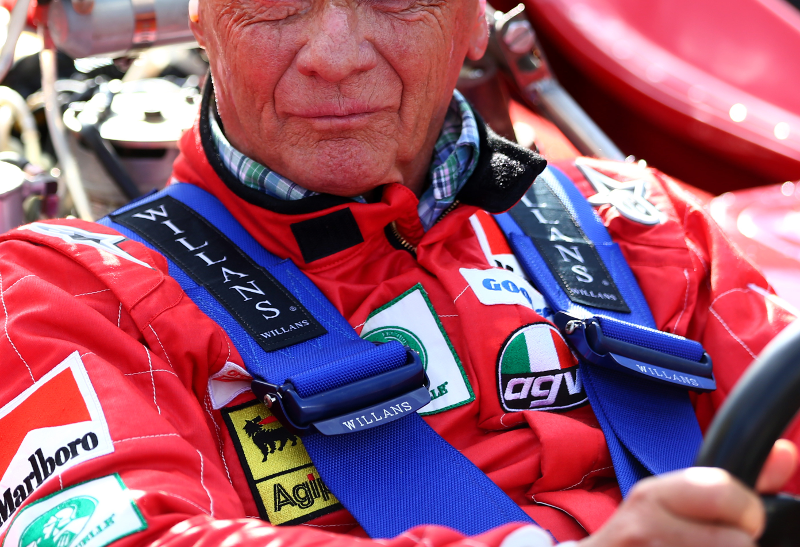
The Greatest Golf Ball
First golfer: “I have the greatest golf ball in the world. You can’t lose it.”
Second golfer: “How so?”
First golfer: “If you hit it into the sand, it beeps. You hit it into the water, it floats. If you want to play golf at night it glows.”
Second golfer: “Hey, sounds good. Where did you get it?”
First golfer: “I found it in the woods.”

